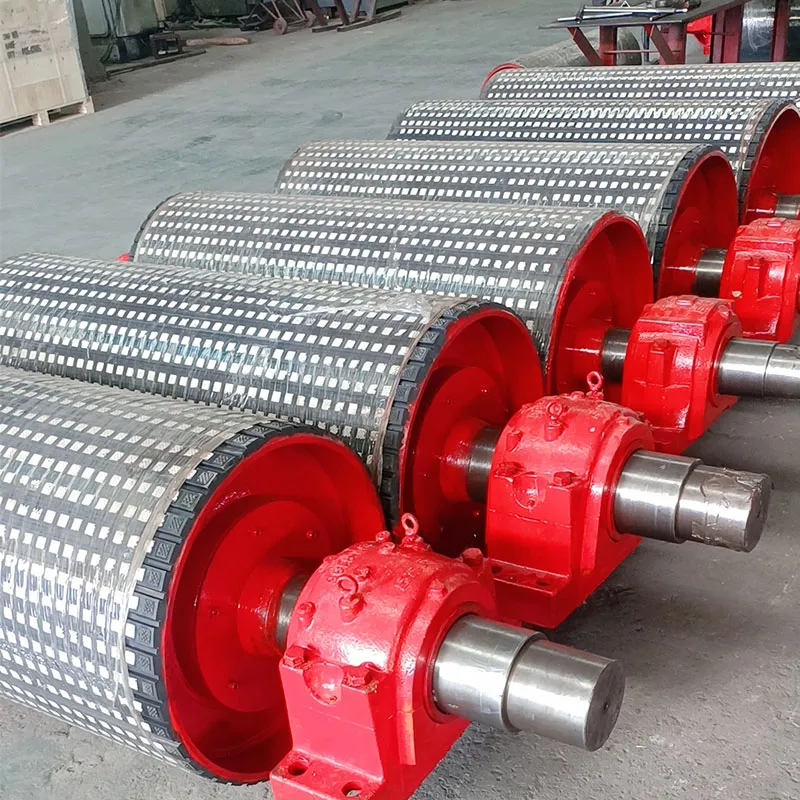 Afrikaans
Afrikaans  Albanian
Albanian  Amharic
Amharic  Arabic
Arabic  Armenian
Armenian  Azerbaijani
Azerbaijani  Basque
Basque  Belarusian
Belarusian  Bengali
Bengali  Bosnian
Bosnian  Bulgarian
Bulgarian  Catalan
Catalan  Cebuano
Cebuano  Corsican
Corsican  Croatian
Croatian  Czech
Czech  Danish
Danish  Dutch
Dutch  English
English  Esperanto
Esperanto  Estonian
Estonian  Finnish
Finnish  French
French  Frisian
Frisian  Galician
Galician  Georgian
Georgian  German
German  Greek
Greek  Gujarati
Gujarati  Haitian Creole
Haitian Creole  hausa
hausa  hawaiian
hawaiian  Hebrew
Hebrew  Hindi
Hindi  Miao
Miao  Hungarian
Hungarian  Icelandic
Icelandic  igbo
igbo  Indonesian
Indonesian  irish
irish  Italian
Italian  Japanese
Japanese  Javanese
Javanese  Kannada
Kannada  kazakh
kazakh  Khmer
Khmer  Rwandese
Rwandese  Korean
Korean  Kurdish
Kurdish  Kyrgyz
Kyrgyz  Lao
Lao  Latin
Latin  Latvian
Latvian  Lithuanian
Lithuanian  Luxembourgish
Luxembourgish  Macedonian
Macedonian  Malgashi
Malgashi  Malay
Malay  Malayalam
Malayalam  Maltese
Maltese  Maori
Maori  Marathi
Marathi  Mongolian
Mongolian  Myanmar
Myanmar  Nepali
Nepali  Norwegian
Norwegian  Norwegian
Norwegian  Occitan
Occitan  Pashto
Pashto  Persian
Persian  Polish
Polish  Portuguese
Portuguese  Punjabi
Punjabi  Romanian
Romanian  Russian
Russian  Samoan
Samoan  Scottish Gaelic
Scottish Gaelic  Serbian
Serbian  Sesotho
Sesotho  Shona
Shona  Sindhi
Sindhi  Sinhala
Sinhala  Slovak
Slovak  Slovenian
Slovenian  Somali
Somali  Spanish
Spanish  Sundanese
Sundanese  Swahili
Swahili  Swedish
Swedish  Tagalog
Tagalog  Tajik
Tajik  Tamil
Tamil  Tatar
Tatar  Telugu
Telugu  Thai
Thai  Turkish
Turkish  Turkmen
Turkmen  Ukrainian
Ukrainian  Urdu
Urdu  Uighur
Uighur  Uzbek
Uzbek  Vietnamese
Vietnamese  Welsh
Welsh  Bantu
Bantu  Yiddish
Yiddish  Yoruba
Yoruba  Zulu
Zulu Effective Use of Rubber Lagging for Enhanced Pulley Performance and Durability
The Importance of Pulley Rubber Lagging in Industry
In various industries, pulleys are essential components that facilitate the movement of materials and drive machinery. One of the crucial aspects that can significantly improve the performance and lifespan of pulleys is the application of rubber lagging. Rubber lagging refers to the process of covering the pulley surface with a layer of rubber, offering a range of benefits that enhance operational efficiency, safety, and maintenance.
Understanding Pulley Rubber Lagging
Rubber lagging involves the adhesion of rubber materials to the drum of a pulley. This layer can vary in thickness and texture, depending on the specific requirements of the application. The primary purpose of rubber lagging is to provide enhanced grip between the conveyor belt and the pulley, reducing the chances of slippage. It also serves to protect the pulley from wear and tear, prolonging its life and reducing maintenance costs.
Enhanced Grip and Reduced Slippage
One of the most significant advantages of rubber lagging is the improved friction it provides between the pulley and the conveyor belt. In industries where material handling is critical—for instance, in mining, logistics, and manufacturing—ensuring that the belt stays in place is paramount. When a conveyor belt slips off the pulley, it can lead to equipment damage, production delays, and even safety hazards for the workforce. By applying a rubber lagging layer, the coefficient of friction increases, which significantly minimizes the risk of belt slippage.
Protection Against Wear and Tear
Pulleys are subjected to considerable physical stress from continuous rotation and exposure to various environmental conditions. This wear can lead to premature failure of the pulley system, resulting in costly downtimes. Rubber lagging acts as a protective barrier that absorbs impact and reduces the likelihood of abrasion to the pulley surface. Additionally, it helps in preventing material buildup and corrosion, especially in harsh environments or when handling corrosive materials.
pulley rubber lagging

Noise Reduction and Vibration Damping
Another often-overlooked benefit of rubber lagging is its ability to reduce noise and vibrations generated by pulley operations. Excessive noise can pose a significant problem in industrial settings, leading to decreased employee morale and potential hearing damage. The rubber layer dampens vibrations and minimizes noise, contributing to a safer and more pleasant work environment. This aspect is particularly crucial in operations where sound levels need to be controlled for compliance with occupational health regulations.
Improved Hygiene and Cleaning
In industries such as food processing and pharmaceuticals, hygiene is of utmost importance. Rubber lagging can be designed with smooth surfaces that resist the accumulation of contaminants and are easy to clean. Regular cleaning is crucial in these industries to prevent the spread of bacteria and maintain product quality. The resistance of rubber to various cleaning agents makes it an ideal choice for lagging in environments where sanitation standards are stringent.
Cost-Effectiveness and Long-term Savings
While the initial investment in rubber lagging may seem considerable, the long-term savings it offers are undeniable. The combination of reduced wear and tear on pulleys, minimized downtime due to slippage, and lower maintenance costs results in significant savings for organizations over time. Moreover, the increased efficiency in material handling due to reliable pulley operations can enhance productivity, providing an overall return on investment that's hard to ignore.
Conclusion
In conclusion, pulley rubber lagging is a critical component that plays a vital role in enhancing operational efficiency across various industries. The benefits of improved grip, protection from wear, noise reduction, and improved hygiene contribute to a safer, more effective, and cost-efficient industrial environment. As organizations continue to seek ways to optimize their machinery and processes, the importance of rubber lagging in ensuring stable and reliable pulley operation cannot be overstated. It is an investment that not only pays dividends in operational performance but also in the safety and satisfaction of the workforce.
-
Revolutionizing Conveyor Reliability with Advanced Rubber Lagging PulleysNewsJul.22,2025
-
Powering Precision and Durability with Expert Manufacturers of Conveyor ComponentsNewsJul.22,2025
-
Optimizing Conveyor Systems with Advanced Conveyor AccessoriesNewsJul.22,2025
-
Maximize Conveyor Efficiency with Quality Conveyor Idler PulleysNewsJul.22,2025
-
Future-Proof Your Conveyor System with High-Performance Polyurethane RollerNewsJul.22,2025
-
Driving Efficiency Forward with Quality Idlers and RollersNewsJul.22,2025





























